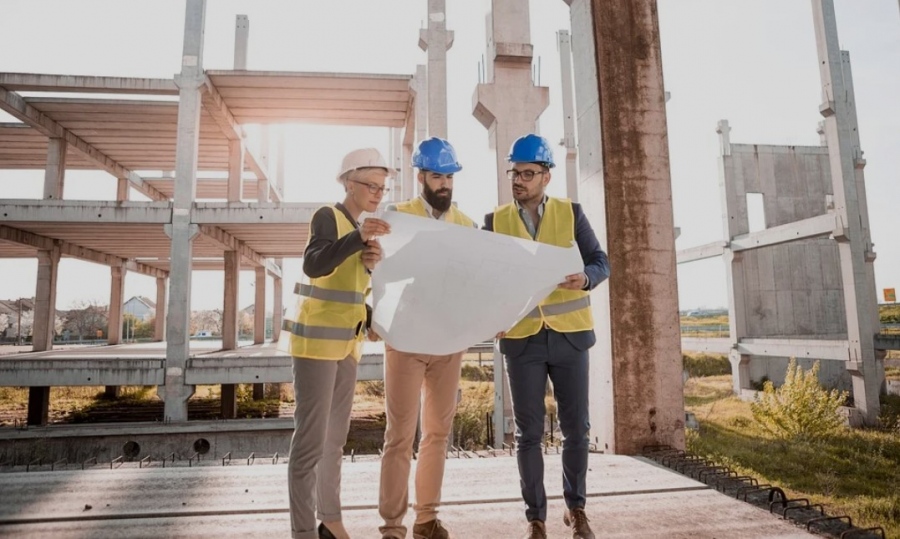
4 Important Steps When Constructing Public Areas Near Water
For most people, being near the water is relaxing and enjoyable. This means that many public areas are constructed near water so that as many people as possible can enjoy this natural beauty. However, projects that are built near water have unique requirements to ensure the future safety and health of all who enjoy the site.
Have the Water Tested
If the water near the construction site will ever come into contact with the people enjoying the site, it’s important to have the water quality tested as you begin construction. Unless the water will be treated, you could put people at risk of various illnesses if the water is polluted in some way. By understanding the quality of the water, you will understand what steps need to be taken to ensure safety for everyone.
Build With Quality Materials
Water can wreak havoc on many types of building materials. Over time, the constant exposure to water could threaten the structural integrity of the project, putting nearby individuals in danger. That’s why, when choosing your building supplies, it is vital to choose waterproof or water-resistant materials so that the project can maintain it’s beauty and safety for a long time to come.
Think Through Contingencies
While most people will enjoy the new project as it’s intended to be enjoyed, some people may try to use certain elements of the project in ways that they’re not designed to be used. Given the project’s proximity to water, it is important to think through as many of these contingencies as possible so that individuals can remain safe even when they ignore certain safety elements of the site. While you can’t plan for everything, you can help to greatly lessen the risk of injuries if you take these steps to protect people from themselves.
Post Clear Rules
As you’re finishing the project, it’s important to post plenty of signage reminding people of basic safety rules. When there’s water present, people will naturally wonder if they can swim, fish, and do other water-related activities. By posting signage explaining the “do’s” and “don’ts, you’ll be able to keep everyone safe and prevent unnecessary questions from individuals to the people who own the property.
Working next to water can have significant risks, especially before the protective barriers are installed. That’s why it’s vital to have safety equipment in place in the event that a contractor falls into the water. You’ll also want to have consistent safety briefings for contractors who are new to the site so that everyone is on the same page regarding the risks of the site.
